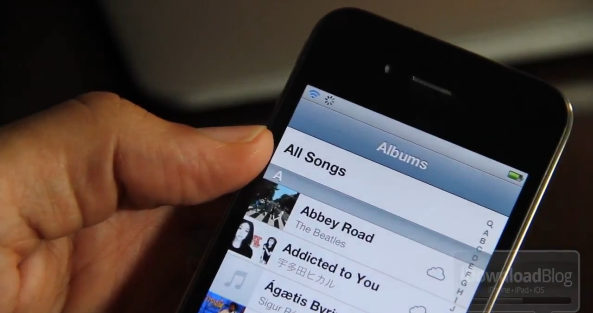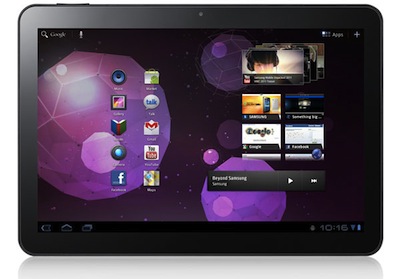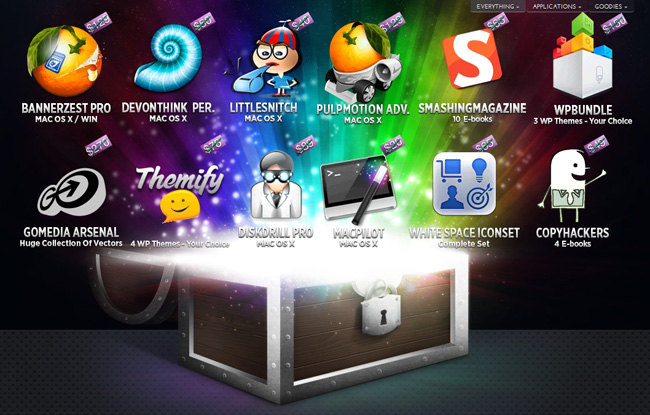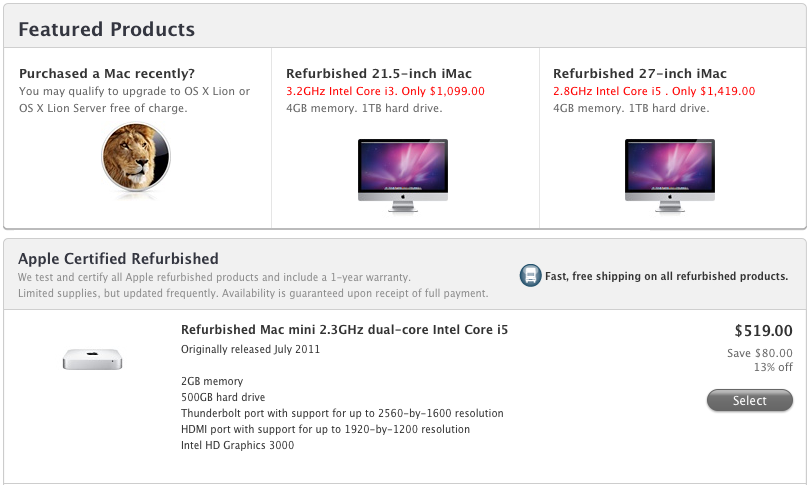I still take photographs the old fashioned way, but photographers with a tripod and mount will love this tip. From the Why Didn’t I Try This department, OS X Hints shares that you can use the volume up button on the included Apple headphones to snap a picture. Photographers who don’t want to be hands on with their iPhones when taking photographs will appreciate having free remote bundled in with their iPhones — those headphones don’t need to be in your ear after all.
Perhaps the best part is that this can be paired with Bluetooth devices! I’m not sure if every headset with volume controls will work (as the buttons need to map correctly to the iPhone), but if a Bluetooth headset can increase the iPhone’s volume it should work.
You can turn your bluetooth headset into an instant wireless remote.
A steady photograph is ultimately a cleaner photograph. You can reduce a lot of camera noise, improve the quality of the picture, and take better night photographs by simply steadying your iPhone. If you have the kit available to prop your iPhone for photographs, then getting even more hands off will really help make the different between a good photograph and a great one. The iPhone 4S camera is among the best in class for smartphones, and what better way to utilize as a semi-professional device than to use what we already have available as a remote shutter release? It’s an excellent tip, and if you hadn’t already tried this, consider it a worthy addition to your knowledge noggin.
Quick note: Camera+ recently got its volume-snap back, and it works here too. Don’t forget about the GLIF (shown above) for easy iPhone mounting to your favorite tripod.
[OS X Tips via Macgasm]
Note: We published this tip in our initial iOS 5 tips roundup, but none-the-less it’s a great reminder for new iPhone 4 and iPhone 4S owners.










